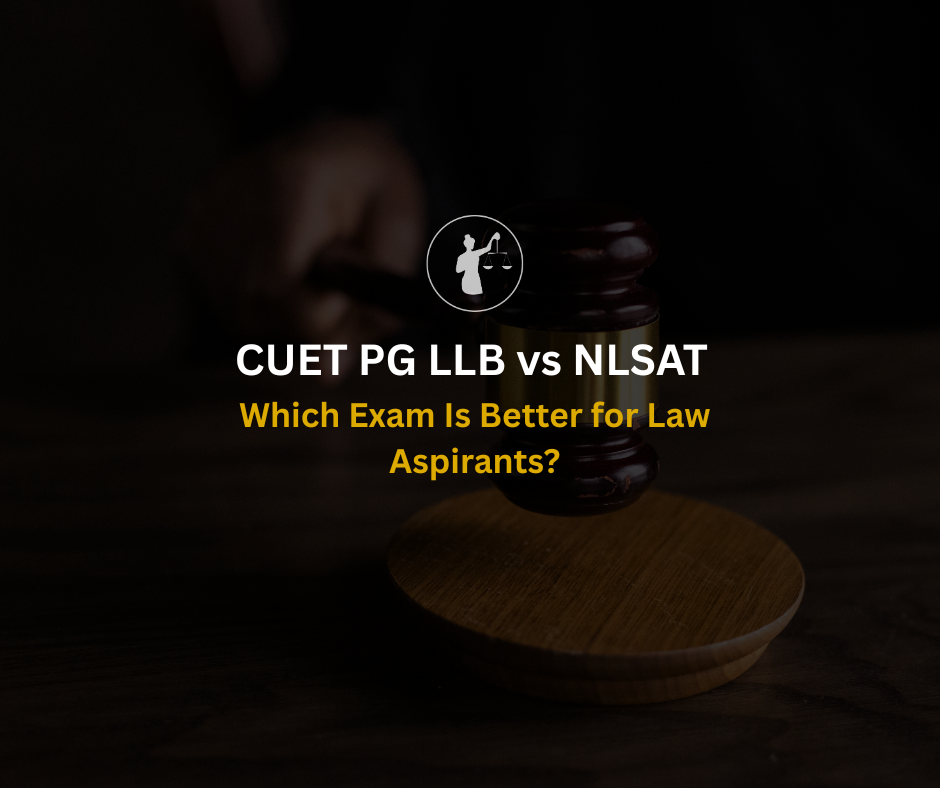_11zon)
Analyse NLSAT past papers (2022–2025) with section-wise pattern analysis, difficulty trends, and frequently asked questions. Unlock strategic insights for NLSAT 2026 preparation.
Check Out NLSAT Online Coaching and Mentorship
If you’re preparing for NLSAT 2026, solving and analyzing NLSAT past papers is one of the most strategic steps you can take. These papers reveal:
NLSAT pattern analysis – how question distribution evolves each year.
NLSAT difficulty trends – whether sections are getting tougher or easier.
NLSAT frequently asked questions – recurring RC, reasoning, and essay topics.
Preparation direction – what NLSIU expects in terms of reasoning and writing clarity.
The NLSAT follows a dual-part format:
Only candidates above the Part A cut-off have their Part B evaluated.
Read More : NLSAT 2026 vs CLAT: Key Differences Every Law Aspirant Must Know
A year-wise review of NLSAT past papers shows a clear progression toward analytical and reasoning-heavy testing.
Trend Insight: Expect inference-based RC and socio-legal essay themes to dominate NLSAT 2026.
Passages increasingly abstract and policy-oriented.
Questions test tone, inference, and argument structure.
Tip: Read legal commentaries and editorials for practice.
Around 30–35% of Part A.
Recurring question types:
Assumption-based
Strengthen/Weaken
Conclusion identification
Paradox resolution
Trend: Editorial-style reasoning (2023–24).
Shift from static GK → legal current affairs.
Judgments, governance reforms, constitutional updates.
Hotspot months: Feb–March before the exam.
Sample past topics:
Should domestic work be paid?
Should social media be banned for minors?
Trend: Balanced, socio-legal issues requiring nuanced reasoning.
Core concepts seen repeatedly:
Freedom of Speech
Data Privacy
Negligence
Right to Protest
NLSAT past papers show that case analysis doesn’t test law by memory, it tests how logically you reason through facts.
Read More: Top NLSAT 2026 Preparation Books & Resources : Expert Study Guide
Simulate Exam Conditions
90 mins for Part A, 60 mins for Part B.
Use OMR sheets and timed essay writing.
Maintain a Mistake Log
Track recurring RC misreads, CR logic errors, and GK misses.
Review every 10–15 days.
Decode Legal Themes
Practice reasoning through fact situations (not memorising law).
Focus on “reasonable person” logic.
Build a Personal Essay Template
Structure: Introduction → Arguments → Counterpoints → Conclusion.
Practice with 400–500 word essays.
Use as Final Revision Tools
Re-attempt 2023 & 2024 papers in exam settings.
Refine timing and pressure handling.
Solve each NLSAT past paper twice – once as simulation, once as review.
Track mistakes and growth in a logbook.
Prioritise reasoning over cramming.
Expect repeated essay themes in 2026.
Balance Part A speed with Part B clarity.
NLSAT past papers are not just practice tools, they are blueprints of NLSIU’s mindset. The exam doesn’t demand legal knowledge; it demands legal thinking.By analysing NLSAT difficulty trends, decoding frequently asked questions, and practicing with past papers, you can prepare in alignment with NLSIU’s expectations and secure an edge for NLSAT 2026.
Read More : NLSAT 2026 Cutoff Trends, Safe Scores & Percentiles: Detailed Score Analysis
Q1. How many NLSAT past papers should I solve?
All four (2022–2025). Attempt each twice once under exam conditions, once for analysis.
Q2. Where can I get official NLSAT past papers?
From the official NLSIU website and NLTI’s annotated archives.
Q3. Can I prepare without coaching using past papers?
Yes. Many toppers relied on self-study, newspapers, and structured essay practice.
Q4. How is NLSAT different from CLAT or AILET?
NLSAT is reasoning- and writing-heavy; CLAT/AILET focus more on legal GK and MCQs.
Q5. Should I solve past papers before or after finishing the syllabus?
Both. Early to understand the NLSAT pattern, later for mock testing.





